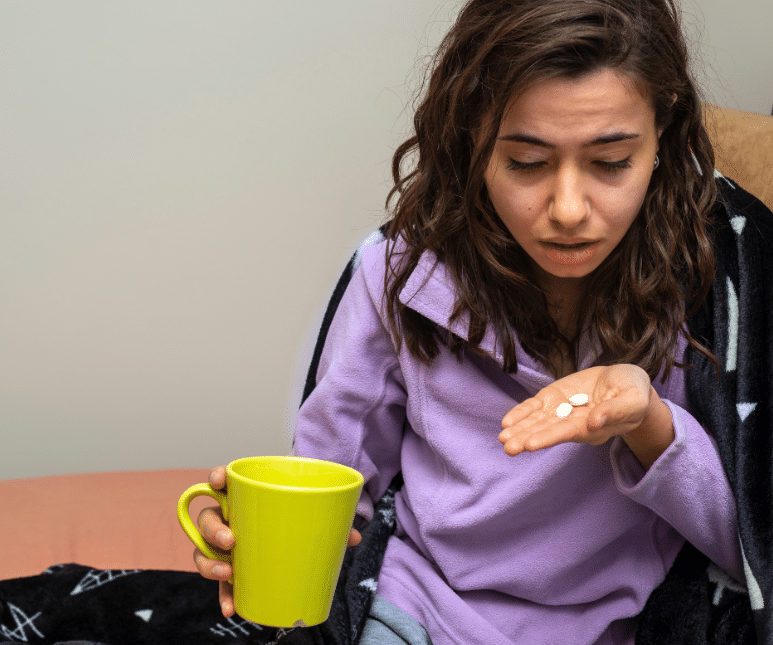Diabetes is a health condition related to metabolism that interferes with the body’s control over blood sugar levels. This disorder primarily presents in two forms: type 1 and type 2. In the case of type 1 diabetes, an autoimmune reaction causes the body to stop producing insulin. In contrast, type 2 diabetes arises when the body either resists the effects of insulin or doesn’t generate sufficient insulin to keep blood sugar at a normal level.
The Importance of A1C Levels
A1C levels provide valuable insights into a diabetic patient’s overall blood glucose control. This test measures the percentage of hemoglobin that is glycated, or bound to glucose, over a period of two to three months. Maintaining optimal A1C levels is crucial for preventing diabetes-related complications and managing the disease effectively.
What is Ozempic
Ozempic, with the generic name semaglutide, is an injectable medication approved for the treatment of type 2 diabetes. This medication falls under the category of drugs known as glucagon-like peptide-1 receptor agonists, often abbreviated as GLP-1 RAs. Ozempic stimulates the release of insulin and suppresses the release of glucagon, resulting in improved blood sugar control.
Mechanism of Action
Ozempic mimics the actions of the GLP-1 hormone naturally produced in the body. This drug interacts with the GLP-1 receptors located in the pancreas, which in turn stimulates the release of insulin when there’s a rise in blood sugar levels.. Additionally, Ozempic slows down the emptying of the stomach, reduces appetite, and enhances satiety, leading to weight loss in some patients.

Clinical Studies on Ozempic
Extensive clinical studies have been conducted to evaluate the efficacy and safety of Ozempic. These studies involved thousands of diabetic patients and compared Ozempic to other diabetes medications or a placebo. The results consistently demonstrated the positive impact of Ozempic on A1C levels and other diabetes-related parameters.
Effectiveness in Lowering A1C Levels
One of the primary goals of diabetes management is to maintain A1C levels within a target range. Clinical trials have shown that treatment with Ozempic significantly reduces A1C levels in diabetic patients. By addressing the underlying causes of high blood sugar, Ozempic helps patients achieve better glucose control and ultimately lower their risk of complications.
Additional Benefits of Ozempic
In addition to its impact on A1C levels, Ozempic offers several other benefits for diabetic patients. It has been shown to promote weight loss, reduce blood pressure, and improve overall cardiovascular health. These added advantages make Ozempic an attractive treatment option for individuals struggling with both diabetes and weight management.
Considerations and Side Effects
Like any medication, Ozempic has potential side effects that patients should be aware of. Common side effects include nausea, diarrhea, and injection site reactions. It is essential for healthcare providers to thoroughly discuss these potential side effects with patients to ensure informed decision-making and appropriate management.
Usage and Dosage Recommendations
Ozempic is typically administered once a week via subcutaneous injection. The dosage may vary depending on individual patient characteristics and needs. Healthcare providers carefully evaluate the patient’s medical history, current medications, and overall health to determine the appropriate starting dose and any necessary adjustments.

Combining Ozempic with Other Treatments
In some cases, Ozempic may be prescribed alongside other diabetes medications to achieve optimal blood sugar control. Healthcare providers consider various factors when determining the most suitable combination therapy for each patient. Combining medications can enhance the overall efficacy of treatment and improve a patient’s quality of life.
Conclusion
Ozempic has emerged as a promising medication for diabetic patients aiming to improve their blood sugar control and manage their A1C levels effectively. With its unique mechanism of action and proven clinical efficacy, Ozempic offers patients a valuable treatment option. However, it is crucial for individuals to consult with their healthcare providers to determine if Ozempic is suitable for their specific needs and to address any concerns or questions. You can buy Ozempic online here at 365 Script Care.

















